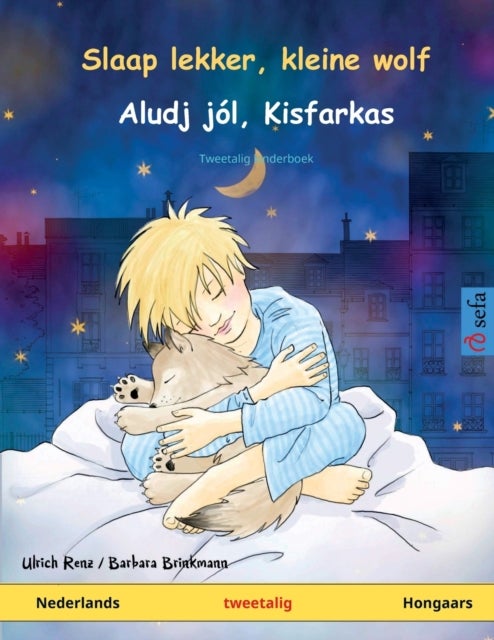
Modernist Aesthetics in Transition
1249,-
<b>How did German aesthetic values change during the Weimar Republic and after its immediate collapse at the beginning of the National Socialist period</b><b>? </b>Contrary to conventional narratives that depict modernist aesthetics as static, shaping principles of modern art and design, this volume argues for their complexity and ever-shifting nature. Illuminating the vital exchanges that occurred across multiple art forms during a period of unmatched cultural activity, this multi-disciplinary volume explores the cultural transition between Weimar- and National Socialist-era Germany and offers a fresh perspective on the fate of modernism during a time of censorship and social stigma. Featuring essays on architecture, painting, photography, film, sculpture, cabaret, typography, and commercial design, the volume explores competing and comparable themes across German art from 1919-1945 and addresses how modern approaches like New Vision coexisted with more traditional and established art








